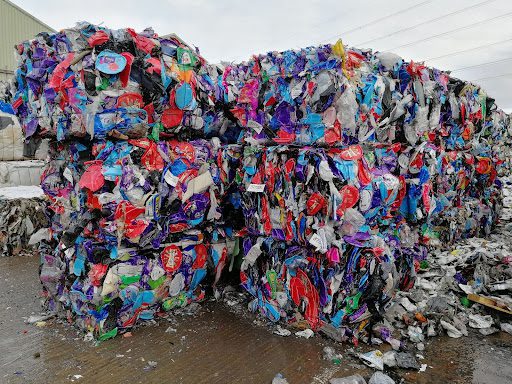While Christmas has come to an end, it’s at this time of year that the plastic recycling industry observes its impact, what with all those sweet tubs. In this blog, Bright Green discusses the work that goes on behind the scenes as a result of the “Christmas effect.”
This time of year, the plastic recycling industry suffers from a phenomenon known as the “Christmas effect.” For two weeks over the Christmas period, people indulged by eating chocolates like Celebrations, Heroes and Roses. The packaging went into recycling bins nationwide, which remained full as collections were halted until January. During the first few weeks of the new year, the bins were collected and the material sorted; this takes time for the material to end up at recycling facilities like Bright Green. By the end of January, the public’s Christmas waste is finally ready to be recycled. One problem, all of those sweet tubs have something in common.
So all these red, blue and purple colours cause havoc with the base colour of the material. Under usual circumstances, the plastic is washed and processed into a fine flake referred to as Jazz in colour; this is because it’s a little bit of every colour. Once this is compounded into pellets, it produces a light grey. This is the base that a coloured masterbatch is added to achieve a specific colour. All these sweet tubs cause the base to acquire a purple hue, making most light colours unachievable. This effect generally starts mid-January and will peak the first week in February, but the effects can still be seen until the beginning of March.
On the left is the standard base colour, on the right is the Christmas effect base colour.
This time of year, the staff at Bright Green work very hard to sort, segregate and recycle material to the bespoke customer specifications. With years of industry knowledge and experience, this seasonal change can be minimised to avoid impact to our customers.
Jonathan Attwood, Head of Technical at Bright Green Plastics, wrote this blog. To read more about plastics and plastics recycling, visit Bright Green’s Blog Archive.



